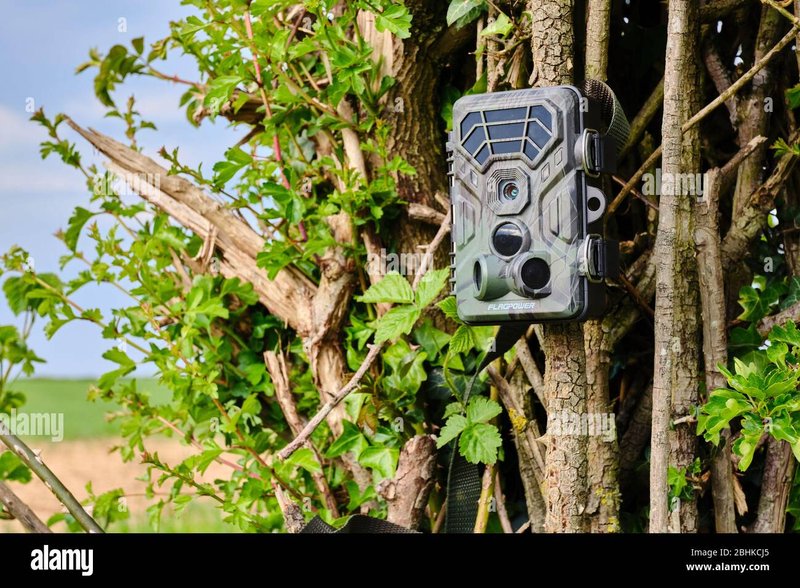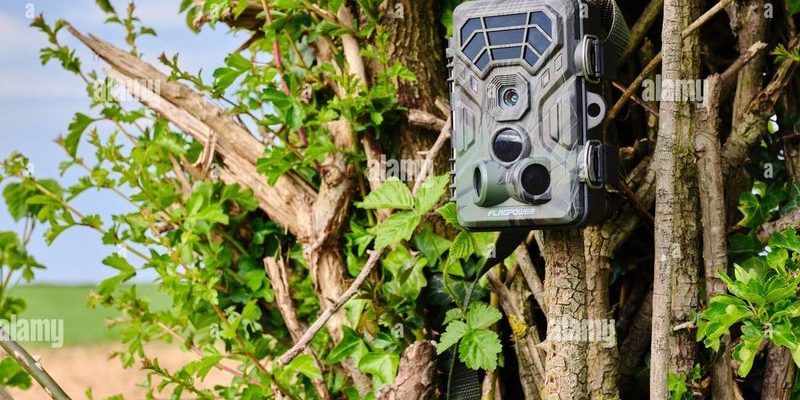
Wildlife cameras, like the popular Reconyx or Browning models, are designed to be discreet while providing high-quality images and videos. They’re the perfect sidekick for anyone curious about what’s happening in their backyard or the nearby woods. By setting up these cameras, you’ll not only be able to see what wildlife is around but also catch glimpses of botflies’ unusual behavior. It’s like having a window into a secret world where you can observe without interference.
Understanding Botflies and Their Behavior
Botflies are intriguing yet somewhat creepy insects that belong to the family Oestridae. They’re known for their unique lifecycle, which involves laying eggs on a host animal. Here’s the thing: when these eggs hatch, the larvae burrow into the skin of their host. This can cause all sorts of issues, making botflies an important pest to monitor.
You might be wondering why knowing about botfly activity is important. Well, for pet owners, especially those with dogs or cats, understanding how these insects operate can help in preventing infestations. Monitoring their activity using wildlife cameras allows you to track the times of day or specific areas where botflies are most prevalent.
Talking about their behavior, botflies are not very active during the day. They thrive during warmer months and often choose to lay eggs near the ground. By placing your wildlife camera in open areas, especially near potential host animals, you can capture their activity more effectively.
Choosing the Right Wildlife Camera
Before you can start capturing those valuable botfly moments, you need to pick the right wildlife camera. With so many options out there, it can feel overwhelming. Here are a few features to look for:
- Trigger speed: A faster trigger speed means you’ll capture more action, especially since botflies can be quick when they find a host.
- Resolution: Look for cameras that offer high-resolution images and videos. You want to see clear details, especially if you’re trying to identify specific species.
- Battery life: Since you’ll want to monitor for an extended period, a long-lasting battery is crucial. Some cameras come with solar panel options for continuous power.
- Weatherproofing: Your camera should withstand the elements, so ensure it’s durable enough for outdoor use.
Once you’ve settled on a camera, take some time to familiarize yourself with its features. If you bought a model that allows syncing with your smartphone, make sure to pair it properly. This way, you can check your footage anytime, anywhere.
Setting Up Your Wildlife Camera
Setting up your wildlife camera requires some thought and patience. Here’s a step-by-step approach to ensure you capture the best footage of botfly activity:
1. **Choose a location:** Look for areas where you’ve spotted wildlife before. Nearby water sources or clearings are great spots.
2. **Mount the camera:** Use a sturdy tripod or a tree mount. Position it around 3-4 feet off the ground to get a good level for capturing ground activity.
3. **Aim your camera:** Point it towards areas where animals may be, such as trails or resting spots. This increases your chances of catching botflies in action.
4. **Test the setup:** Before leaving the camera for an extended period, take some test shots. This helps you adjust the angle and settings as needed.
Don’t forget to check your camera’s settings regularly to ensure it’s properly working. If you’re having issues with syncing your camera to your phone or if it’s not triggering, don’t stress—it might just need a quick reset.
Monitoring and Analyzing Footage
Once your camera is set up and capturing footage, the real fun begins! You’ll want to regularly check and analyze the footage for any signs of botfly activity. Here’s how you can approach it:
– **Set a schedule:** Plan to check your camera every few days or once a week. This helps you stay on top of changes in animal activity or botfly behavior.
– **Review your clips:** Look for any footage of botflies hovering around potential hosts. They often have a distinct flying pattern, which can help you identify them.
– **Take notes:** Keep a journal of what you observe. Note the times, weather conditions, and any wildlife interactions. This can help you discover trends over time.
– **Share your findings:** If you’ve made interesting observations, consider sharing them with local wildlife groups or communities. You might spark discussions or help with broader studies on botflies and their impact.
Monitoring wildlife, especially pesky creatures like botflies, may seem like an odd hobby, but it can provide valuable knowledge and help protect your pets.
Common Challenges and Troubleshooting
While using wildlife cameras to monitor botfly activity can be rewarding, you may face some challenges along the way. Here are common issues and how to tackle them:
– **Camera not triggering:** This issue is often linked to the camera’s sensitivity settings. If it’s not set high enough, it might miss movements. Adjusting the sensitivity can improve performance.
– **Battery drain:** If your camera’s battery runs out too quickly, ensure it’s in an energy-saving mode and check for any apps that might be syncing more often than necessary.
– **Bad weather:** If your camera is exposed to heavy rain or snow, it might get damaged. Use a weatherproof case or choose a more sheltered location to prevent this.
– **Poor image quality:** If the images aren’t clear, make sure the lens is clean, and check if the settings are optimized for low light conditions. Increasing the resolution can also help.
With a little patience and some problem-solving, you can overcome these challenges and enjoy your wildlife monitoring experience even more.
The Importance of Monitoring Botfly Activity
You might be wondering why it matters to monitor botflies specifically. Aside from the fact that they can be a nuisance to pets and livestock, understanding their lifecycle and activity can benefit local ecosystems.
By observing botflies, you gain insights into their population dynamics and how they interact with local fauna. This information can help researchers and wildlife authorities manage wildlife health better.
Additionally, for pet owners, knowing when botflies are most active allows for proactive measures. This can include timing veterinary treatments or taking precautions during peak seasons, reducing the risk of infestations.
Ultimately, your efforts in monitoring these insects contribute to a better understanding of the natural world, helping to strike a balance between wildlife and human interests.
Using wildlife cameras to monitor botfly activity might not be the most conventional approach, but it’s certainly a fascinating one. By embracing this technology, you’re stepping into the role of an observer and protector of the wildlife around you.
From choosing the right camera to analyzing footage and overcoming challenges, your journey into the world of botflies can be both enlightening and entertaining. Plus, it’s a unique way to connect with nature and understand the complexities of ecosystems.
So grab that camera, set it up, and let the adventures unfold. You never know what you might discover lurking in the wild!

